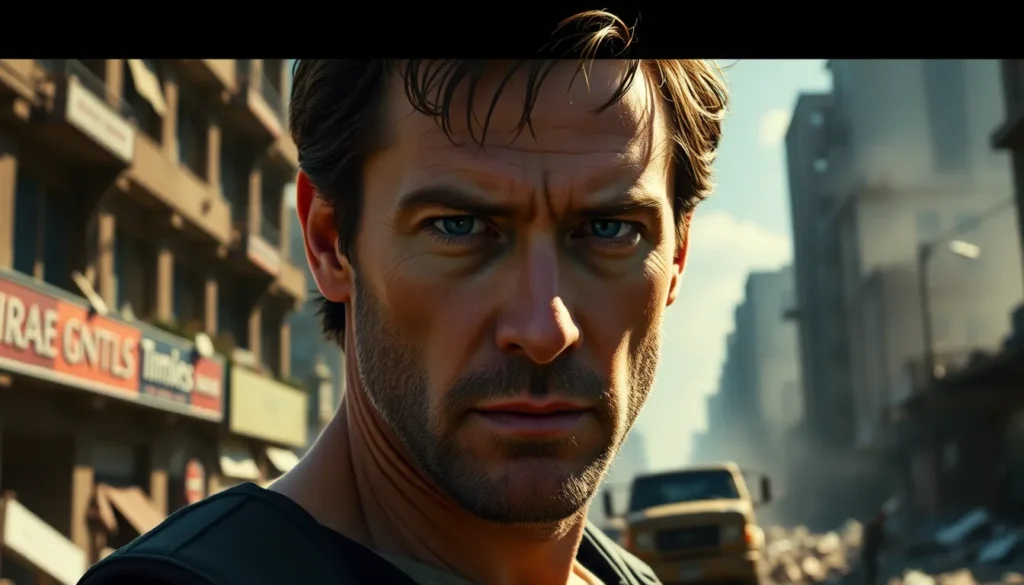Table of Contents
ToggleIn the rollercoaster of storytelling, the emotional climax is that thrilling upside-down loop where hearts race and tears might flow. It’s the moment when characters face their greatest challenges, and readers can’t help but hold their breath, hoping for a happy ending—or at least a plot twist that doesn’t involve a talking cat. This pivotal point not only propels the narrative forward but also creates a deep connection between the audience and the characters.
Understanding Emotional Climax
Emotional climax defines a crucial moment in storytelling, where tension peaks and characters face significant trials. This moment creates engagement and resonates deeply with audiences.
Definition of Emotional Climax
Emotional climax represents the highest point of emotional intensity in a narrative. The characters often face their greatest fears or dilemmas during this pivotal moment. Emotionally charged scenes evoke strong feelings, prompting readers to invest in outcomes. Materializing through conflicts or revelations, it serves as a turning point that reshapes the story. Recognizing this aspect helps writers craft compelling narratives that captivate audiences.
Importance in Storytelling
Importance of emotional climax lies in its ability to drive the plot forward. It creates a transformative experience, allowing characters to evolve and respond to challenges. Successful climaxes generate suspense, enhancing reader engagement as they anticipate resolutions. This peak moment fosters empathy, forging a bond between the audience and characters. Delivering resolutions or surprises during the emotional climax keeps readers hooked, making the experience memorable and impactful.
Elements of Emotional Climax

Emotional climaxes rely on specific elements that elevate the tension and impact of the narrative. Writers can enhance engagement through these crucial components.
Build-Up to Emotional Climax
Tension gradually escalates before the emotional climax. Narratives often incorporate smaller challenges and conflicts to prepare the audience for the peak moment. Characters develop, revealing vulnerabilities that create investment in their journey. Through these careful setups, writers establish stakes that make the climax impactful. Foreshadowing, character arcs, and relationship dynamics contribute significantly to this build-up. Events progress logically, leading readers to feel anticipation as they near the climax.
Key Components
Key components include conflict, character development, and emotional resonance. Conflict drives the narrative forward, placing characters in intense situations. Character development allows readers to connect with the protagonists on a deeper level. Emotional resonance heightens the impact of the climax, making reactions feel authentic and significant. Each component interplays, creating a rich tapestry of experience for the audience. Writers must craft each element with care to ensure a compelling emotional climax that leaves a lasting impression.
Examples of Emotional Climax in Literature
Literature showcases emotional climax brilliantly through various works, capturing intense moments that resonate deeply with readers.
Classic Literature
Shakespeare’s “Hamlet” exemplifies emotional climax with Hamlet’s confrontation with his mother, Gertrude. The raw intensity during this scene reveals Hamlet’s anguish and betrayal. In “Wuthering Heights,” Emily Brontë delivers a poignant climax when Heathcliff’s unrequited love leads to devastating consequences. The turmoil reflects the depths of human emotion as characters grapple with loss and longing. Similarly, in “Moby-Dick,” Herman Melville presents Captain Ahab’s climactic encounter with the whale, showcasing obsession and revenge. The build-up throughout the novel culminates in this unforgettable moment, marking a turning point for Ahab’s fate.
Contemporary Novels
In contemporary literature, “The Kite Runner” by Khaled Hosseini portrays a powerful emotional climax when Amir confronts his past sins and seeks redemption for betraying Hassan. This pivotal moment engages readers as Amir faces his greatest fears. Another strong example emerges in “The Fault in Our Stars” by John Green, where Hazel’s poignant realization about life and love hits the reader hard. The emotional depth in Hazel’s experiences resonates profoundly. “A Little Life” by Hanya Yanagihara further explores the complexities of trauma and friendship, delivering a heart-wrenching climax that leaves a lasting impact. Each scene builds anticipation, ultimately connecting readers to the characters’ struggles.
Emotional Climax in Film
Emotional climax plays a vital role in film, heightening tension and engagement. This moment often serves as the turning point for characters and narratives alike.
Techniques Used in Filmmaking
Filmmakers employ various techniques to build an emotional climax. Music choices enhance mood, creating an auditory backdrop that amplifies tension. Lighting shifts often signal imminent confrontation, guiding audience reactions. Close-up shots capture nuanced expressions, immersing viewers in characters’ emotional states. Pacing manipulation through editing heightens suspense, drawing audiences closer to critical moments. These techniques work collectively to create an emotional crescendo that resonates powerfully.
Notable Film Examples
Several films showcase emotional climaxes that leave lasting impressions. In “The Shawshank Redemption,” Andy’s escape reveals the triumph of hope over despair. “Titanic” features Jack and Rose’s final moments, evoking deep emotional responses as love meets tragedy. “The Lion King” presents Simba confronting Scar, a pivotal moment of realization and redemption. In “Schindler’s List,” Oskar’s emotional breakdown highlights the weight of remorse amid horrific events. Each film illustrates how effectively executed emotional climaxes engage audiences and deepen connections with characters.
The emotional climax serves as a vital turning point in storytelling that captures the audience’s attention and emotions. It’s where characters face their greatest challenges and evolve in meaningful ways. This moment not only drives the narrative forward but also deepens the connection between the audience and the characters.
By skillfully building tension and crafting authentic emotional responses, writers can create unforgettable experiences that resonate with readers. Whether through literature or film, the impact of a well-executed emotional climax lingers long after the story ends, leaving audiences eager for more. It’s this powerful engagement that makes the emotional climax an essential element in storytelling.







